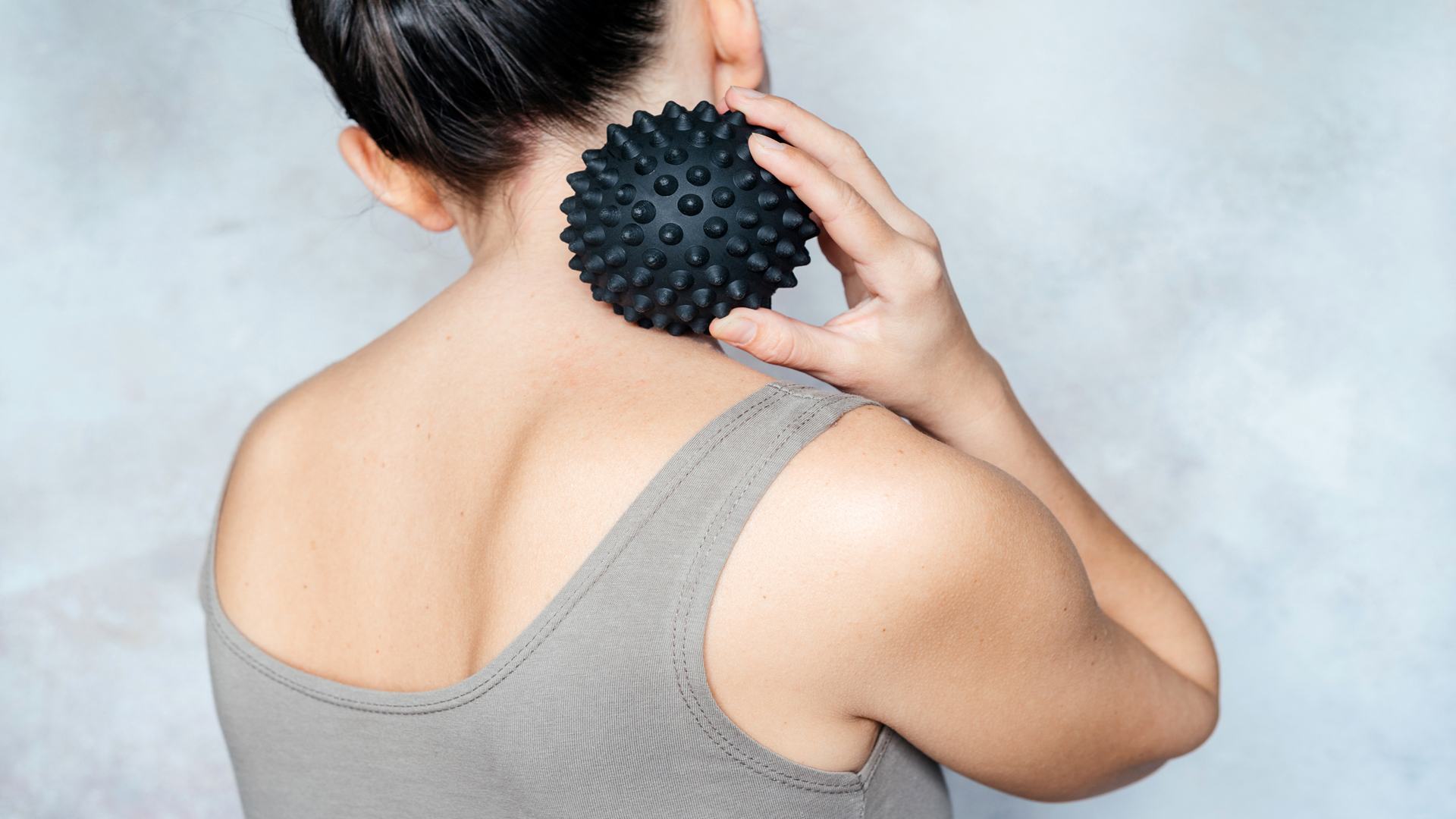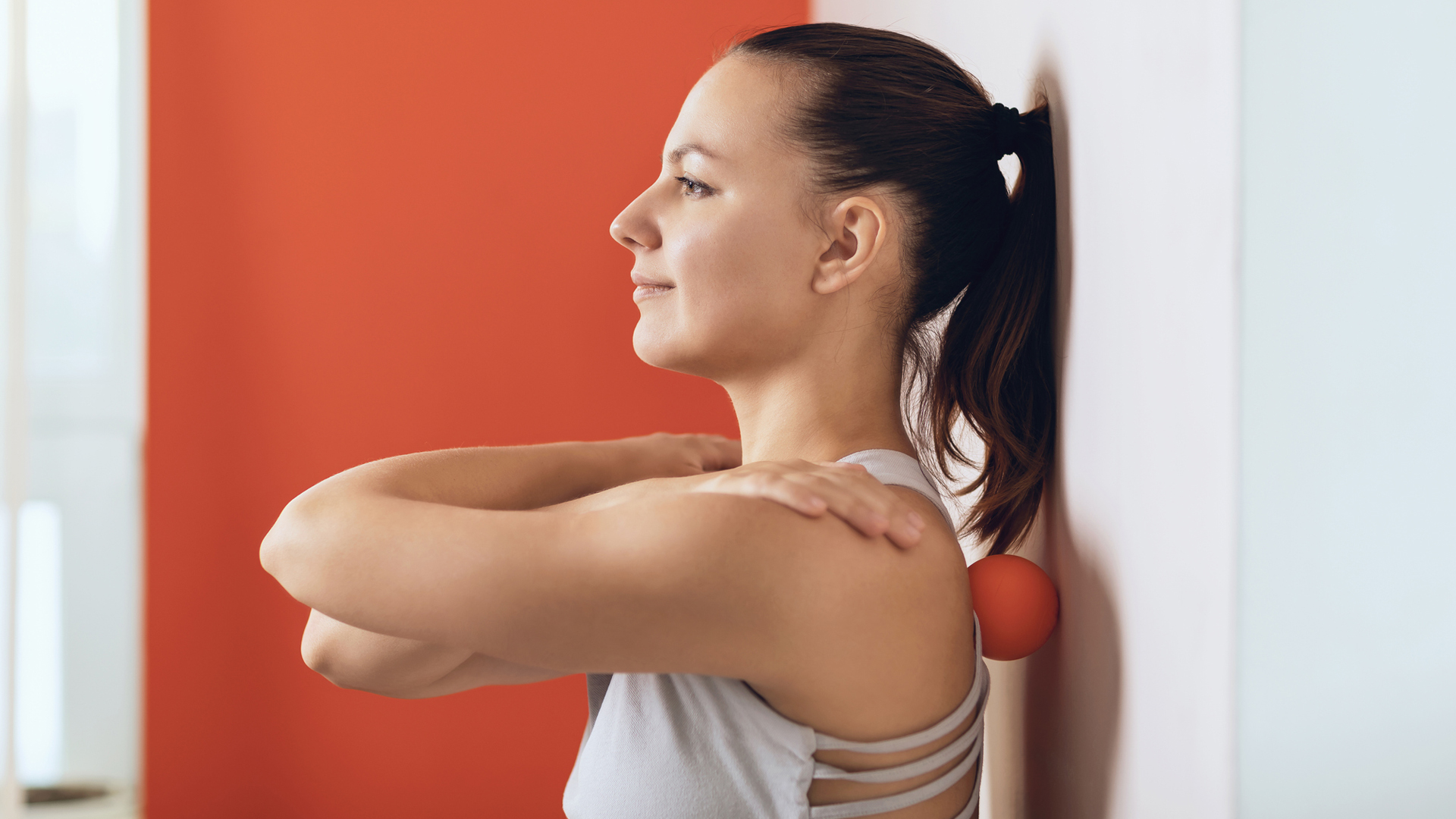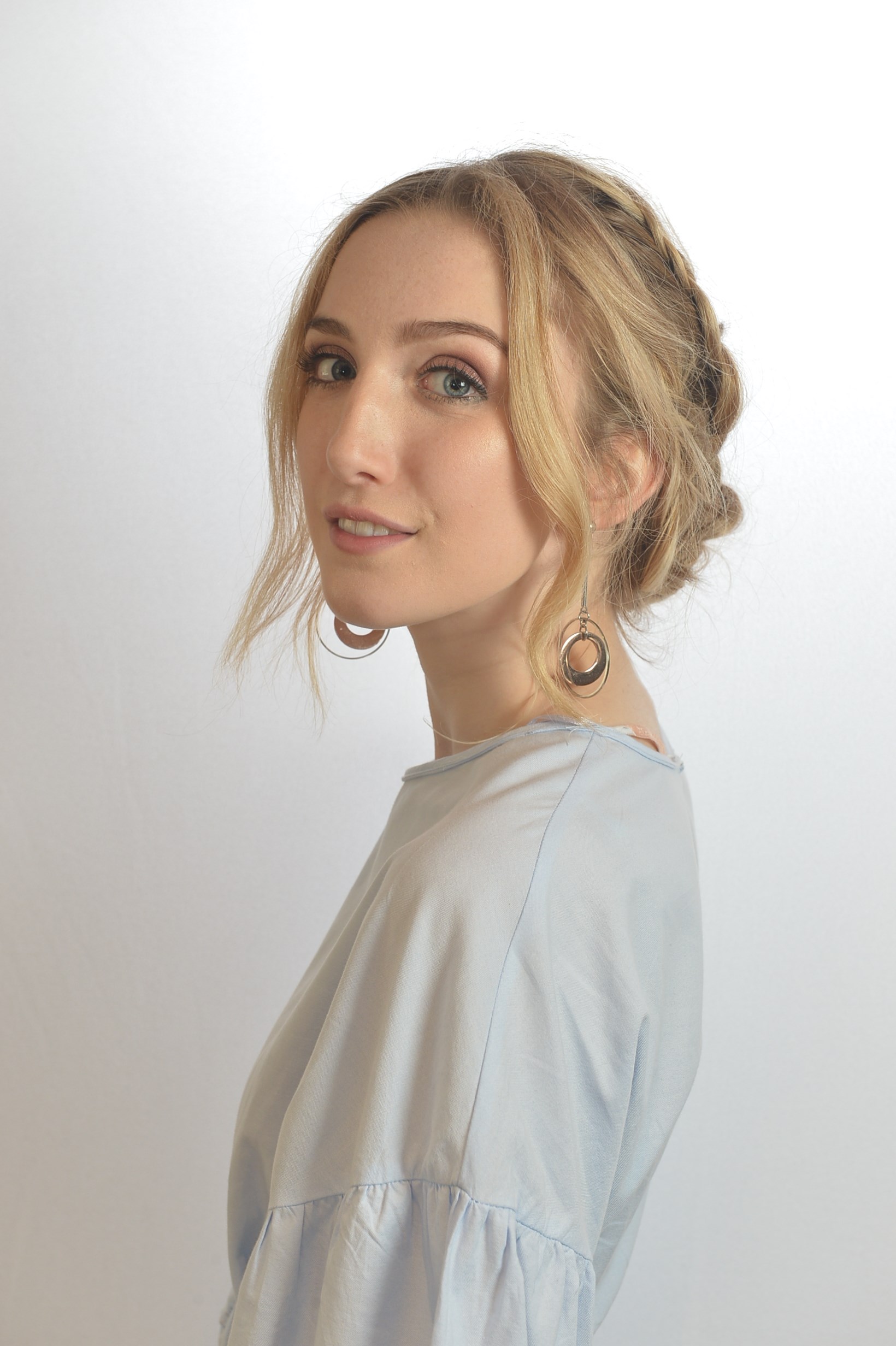How to give yourself a trigger point massage
Feeling tense? Here are some simple tips for how to give yourself a trigger point massage


If you've spent the day slumped in an uncomfortable office chair, didn't warm up properly before the gym, or feel particularly stressed, chances are your body is full of knots. If this sounds familiar, then you may want to learn how to give yourself a trigger point massage.
The concept might sound scary, but don't worry – a trigger point massage is a localised massage technique that's focused on relieving tension from one particular spot.
Whilst some people prefer to perform a trigger point massage with the best massage gun, it can be just as simple to use your fingertips. However, trigger point massages don't work for everyone, with a review published in Rheumatology finding mixed results. That being said, some people find them to be an accessible way of treating aches, pains and chronic conditions, with a study published in Frontiers in Neurology finding that trigger point massage can reduce the frequency and intensity of headaches.
What does a trigger point massage do?
If somebody has ever pushed into a certain point on your back, neck or shoulders and told you they can feel a knot, then that's a trigger point that needs treating. You may have also been to see a massage therapist who has gone hell for leather on a particular spot – that's essentially them performing a trigger point massage too.
Physiotherapist Dan Kett explains that a trigger point is the contracted bands of specific muscle fibres within the muscle belly, which are usually located at the 'motor end plate' where the nerves stimulate the muscle. A trigger point massage works through the application of direct pressure to 'deactivate' these trigger points.
Although you won't be digging your elbow into your own shoulder, or performing the same service that you'd receive from a pro, if you can understand how to give yourself a trigger point massage, you can get quite good results alone, at home.
How do you prepare for a trigger point massage?
Physiotherapist Lizzie Read says it's a good idea to make sure your skin is clean and dry, and to avoid applying fake tan or lots of moisturiser beforehand.
Get all the latest news, reviews, deals and buying guides on gorgeous tech, home and active products from the T3 experts
A trigger point massage can release toxins, so it's advisable to prepare by drinking lots of water to make sure that you are well hydrated. Read says this is because the water will help to flush away any toxins that are released during the massage.

How to perform a trigger point massage: equipment
“Trigger point massage can be self-administered using your fingers or a variety of different massage tools such as foam rollers, massage guns, sports balls or specifically designed massage tools,” says Kett. (Our guides to the best foam rollers and the best massagers have some great at-home options)
Trained professionals can also administer trigger point massages using their fingers, hands and elbows. In some cases they can even use acupuncture needles to reduce the presence of muscular trigger points.
How to perform a trigger point massage: technique
It's quite simple to give yourself a trigger point massage at home, with just a few simple steps.
- Start by warming-up' the area needing treatment by generally massaging over and around the trigger point, before applying a sustained direct pressure.
- Use a sports ball, massage ball or your fingers to conduct the massage. Keep pushing using your fingertips and after about a minute, increase the pressure. Alternatively, you can apply a kneading type of pressure in a circular or back and forth motion.
- Apply as much pressure as you can tolerate until the tenderness subsides and then move onto the next point.
- Keep applying the massage pressure until you feel your muscles loosen up, and be careful not to over-massage so that you cause more soreness. Each point should take no longer than five minutes.
When it comes to area specific tips, Read suggests recruiting the help of a sports ball for places that are hard to reach. “For the neck especially, it's almost impossible to do it with your fingers alone, so try rolling a hardball over your neck to help,” she says.
When it comes to your feet, the best place to focus on is the arches, since these are the areas that get the most tense. Some areas are more sensitive than others, such as your lower back, so experiment with pressure and technique to find something that still releases the trigger, whilst feeling bearable and not causing further injury. (If you're looking for something more soothing, one of the best foot massagers might do the trick.)

How to perform a trigger point massage: things to avoid
Trigger point massage should not be performed over areas of damaged skin, such as open wounds, bruises or rashes. “Areas that have reduced sensation due to previous injury should also be avoided,” says Kett. If you do suspect that a muscle has been pulled or torn as a result of a specific injury, then you should consult a medical professional before attempting or receiving a trigger point massage.
Read also says that it's worth figuring out whether the pain is a muscle strain or a tight knot before you go prodding and poking, in case you make the injury worse.
How to perform a trigger point massage: aftercare
“After a trigger point massage, you will likely feel sore and tender,” says Read. “You may even feel tired and fatigued – your body has gone through a lot.” This tenderness should ease – if it doesn't, it's likely that the pressure was too hard.
Stay hydrated by drinking plenty of water to speed up your recovery and be sure to take it easy afterwards so as not to re-knot your newly relaxed muscles.

Mollie is a lifestyle journalist who regularly contributes to publications including Insider, Cosmopolitan, The Metro, Healthline, HelloGiggles, Reviewed, HuffPost, Independent, and Fabulous, amongst others. Particularly, Mollie covers health and beauty. Basset Hounds are Mollie's favourite things on the earth - she has her own named Olive. Mollie loves anything with too much sugar in, the colour yellow, pop culture, and musical theatre.